Table of Contents[Hide][Show]

Though they might not sound appetizing (what’s in a name?), mung bean sprouts, with their subtle nutty flavor, are in fact delicious and incredibly nutritious. Popular in Asian cuisine as a key component of stir fries, topping off pad thai, or tucked into spring rolls, North Americans are also “sprouting” an interest in this food, where you can now find them adding crunch to salads, sandwiches or wraps.
Mung bean sprouts are popular in Asian cuisine, in stir fries, pad thai, and spring rolls.
Not surprisingly, mung beans sprouts come from mung beans (Vigna radiata), which, along with numerous other beans such as fava, lima, pinto, kidney and navy, are seeds of flowering plants belonging to the Fabaceae family. As the name suggests, they are in fact sprouted mung beans, which means the mung beans have been germinated resulting in the young bright white shoots of the mung bean plant. Although many types of seeds can be sprouted, mung bean sprouts are one of the most popular and are so widely used as a culinary vegetable they are often simply referred to as ‘bean sprouts.’
Even though many types of seeds can be sprouted, mung bean sprouts are so popular they are often simply referred to as ‘bean sprouts’.
The mung bean was originally domesticated in India, where it has been cultivated since ancient times. Over the years it has also been known as ‘green gram’, ‘golden gram’, ‘chop suey bean’, ‘mash’, ‘moong’ or ‘munggo’, and was grown in the US as ‘Chickasaw pea’ by the early 1800s. The sprouts have also been prepared for thousands of years, where traditionally they were sprouted in buckets covered with large stones. As the bean sprouts grew, they were forced to push up on the stone, resulting in thicker sprouts. Today, they are grown commercially throughout the world, but in recent times several outbreaks have occurred from contaminated sprouts so make sure to exercise caution when handling this unique “veggie”.
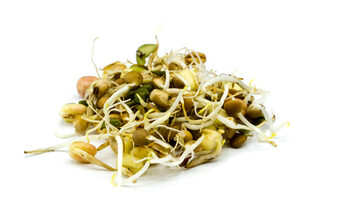
Nutrivore Score for Mung Bean Sprouts – 711
Mung bean sprouts have a Nutrivore Score of 711, making them a high nutrient-dense food! Plus, they are a low-carb and low-calorie-density food; the calorie count of mung bean sprouts is just 31 calories per cup!
Per serving, mung bean sprouts are an excellent source (20-50% daily value) of polyphenols and vitamin K; and a good source (10-20% daily value) of copper, vitamin B2 (riboflavin), vitamin B9 (folate), and vitamin C.
Ditch Diets. Embrace Nutrients. Start with this FREE Guide.
Sign up for the free Nutrivore Newsletter, your weekly, science-backed guide to improving health through nutrient-rich foods — without dieting harder —and get the Beginner’s Guide to Nutrivore delivered straight to your inbox!

Mung Bean Sprout Nutrition Facts
One serving of mung bean sprouts is standardized to 1 cup or about 104 grams (3.7 ounces). When you cook mung bean sprouts, they reduce in volume: 1 cup raw mung bean sprouts is equivalent to a little more than 3/4 cup cooked mung bean sprouts.
Mung Bean Sprout Nutrition Facts Per Serving
| Mung bean sprouts, raw | Nutrivore Score: 711 | Nutrient Density: High |
|---|---|---|
| Serving Size: 1 cup (104 grams) | Protein: 3.2 grams | Net Carbohydrates: 4.3 grams |
| Calories: 31 | Total Fat: 0.2 grams | Dietary Fiber: 1.9 grams |
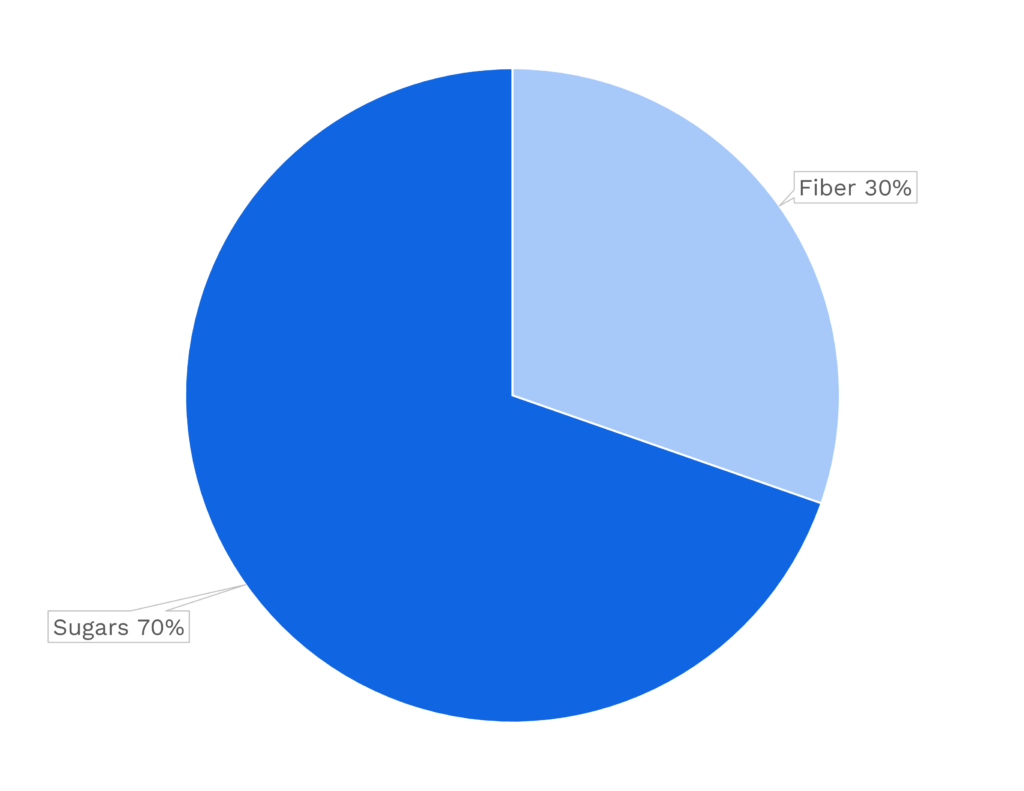
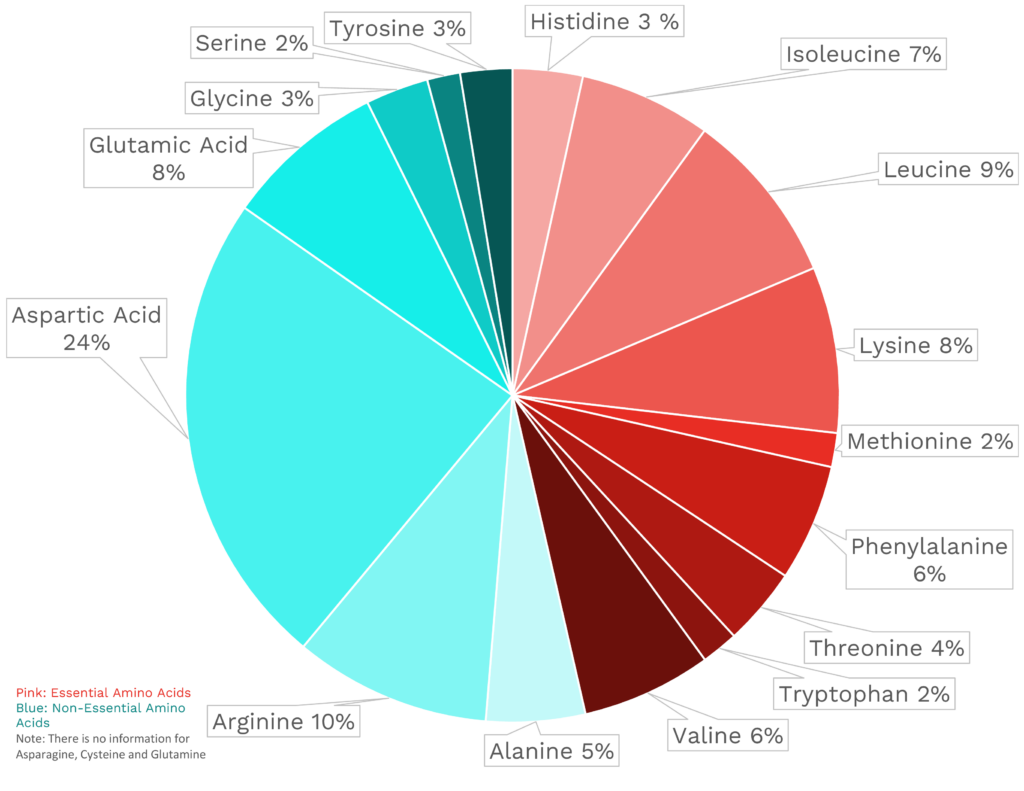
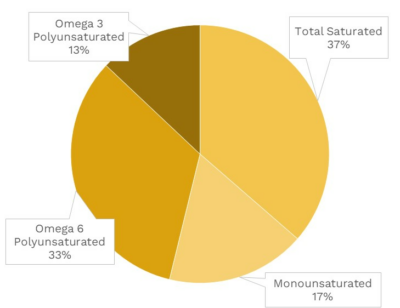
| VITAMINS | ||
|---|---|---|
| Vitamin A | 1.0 μg RAE | 0% DV |
| Vitamin B1 (Thiamin) | 87.4 μg | 7% DV |
| Vitamin B2 (Riboflavin) | 129.0 μg | 10% DV |
| Vitamin B3 (Niacin) | 0.8 mg | 5% DV |
| Vitamin B5 (Pantothenic Acid) | 0.4 mg | 8% DV |
| Vitamin B6 (Pyridoxine) | 91.5 μg | 5% DV |
| Vitamin B7 (Biotin) | 1.8 μg | 6% DV |
| Vitamin B9 (Folate) | 63.4 μg | 16% DV |
| Vitamin B12 (Cobalamin) | 0.0 μg | 0% DV |
| Vitamin C | 13.7 mg | 15% DV |
| Vitamin D (D2 + D3) | 0.0 μg | 0% DV |
| Vitamin E | 0.1 mg | 1% DV |
| Vitamin K | 34.3 μg | 29% DV |
| Choline | 15.0 mg | 3% DV |
| Myo-Inositol | ~ | ~ |
| CoQ10 | ~ | ~ |
| FUNCTIONAL FATS | ||
|---|---|---|
| MUFA | 0.0 g | 0% DV |
| ALA | 16.6 mg | 1% DV |
| EPA + DHA | 0.0 mg | 0% DV |
| CLA | ~ | ~ |
| Linoleic Acid | 0.0 g | 0% DV |
| MCT’s | 0.0 g | ~ |
| MINERALS | ||
|---|---|---|
| Calcium | 13.5 mg | 1% DV |
| Copper | 170.6 μg | 19% DV |
| Iodine | ~ | ~ |
| Iron | 0.9 mg | 5% DV |
| Magnesium | 21.8 mg | 5% DV |
| Manganese | 195.5 μg | 9% DV |
| Phosphorus | 56.2 mg | 4% DV |
| Potassium | 155.0 mg | 3% DV |
| Selenium | 0.6 μg | 1% DV |
| Sodium | 6.2 mg | 0% DV |
| Zinc | 0.4 mg | 4% DV |
| PHYTONUTRIENTS | ||
|---|---|---|
| Carotenoids | 18.7 μg | ~ |
| Polyphenols | 395.2 mg | ~ |
| Phytosterols | 20.6 mg | ~ |
| Glucosinolates | ~ | ~ |
| Thiosulfinates | ~ | ~ |
| Betalains | ~ | ~ |
| AMINO ACIDS & PEPTIDES | ||
|---|---|---|
| Taurine | ~ | ~ |
| Ergothioneine | ~ | ~ |
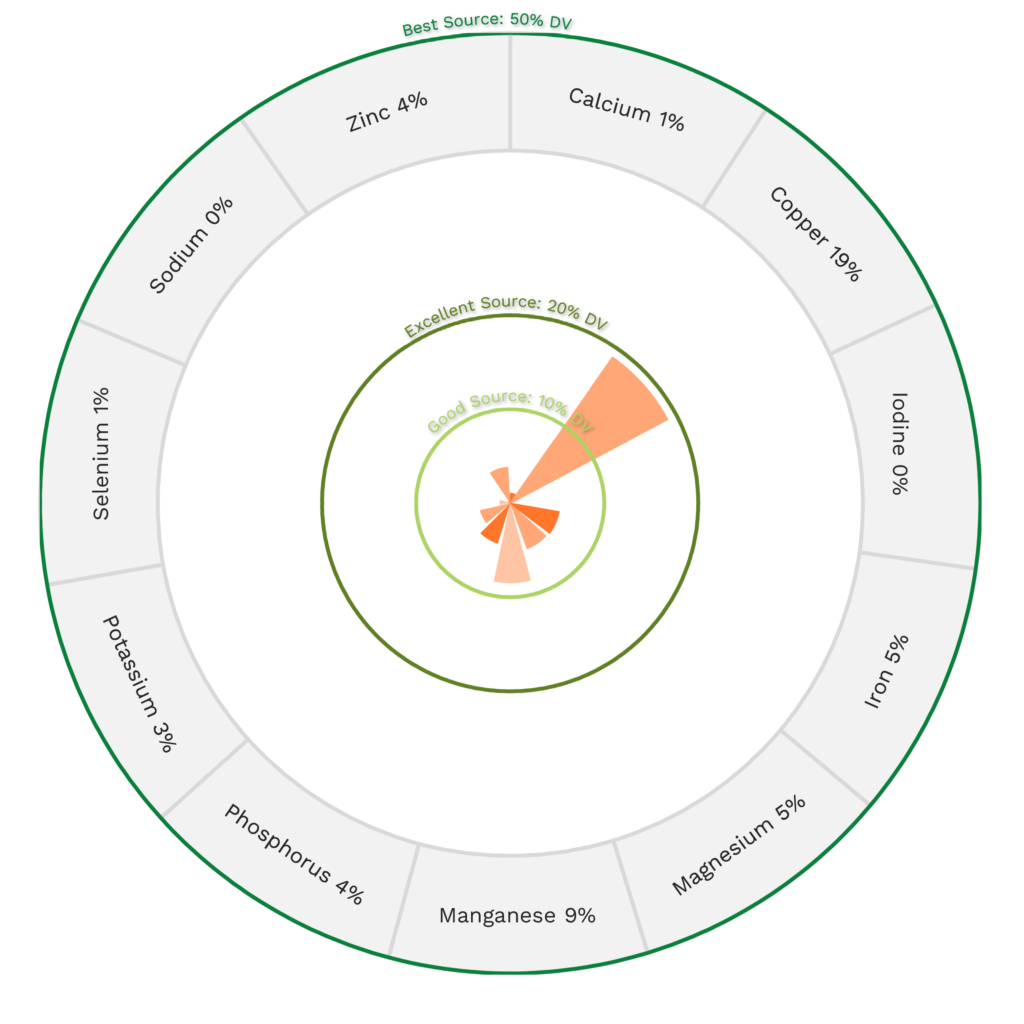
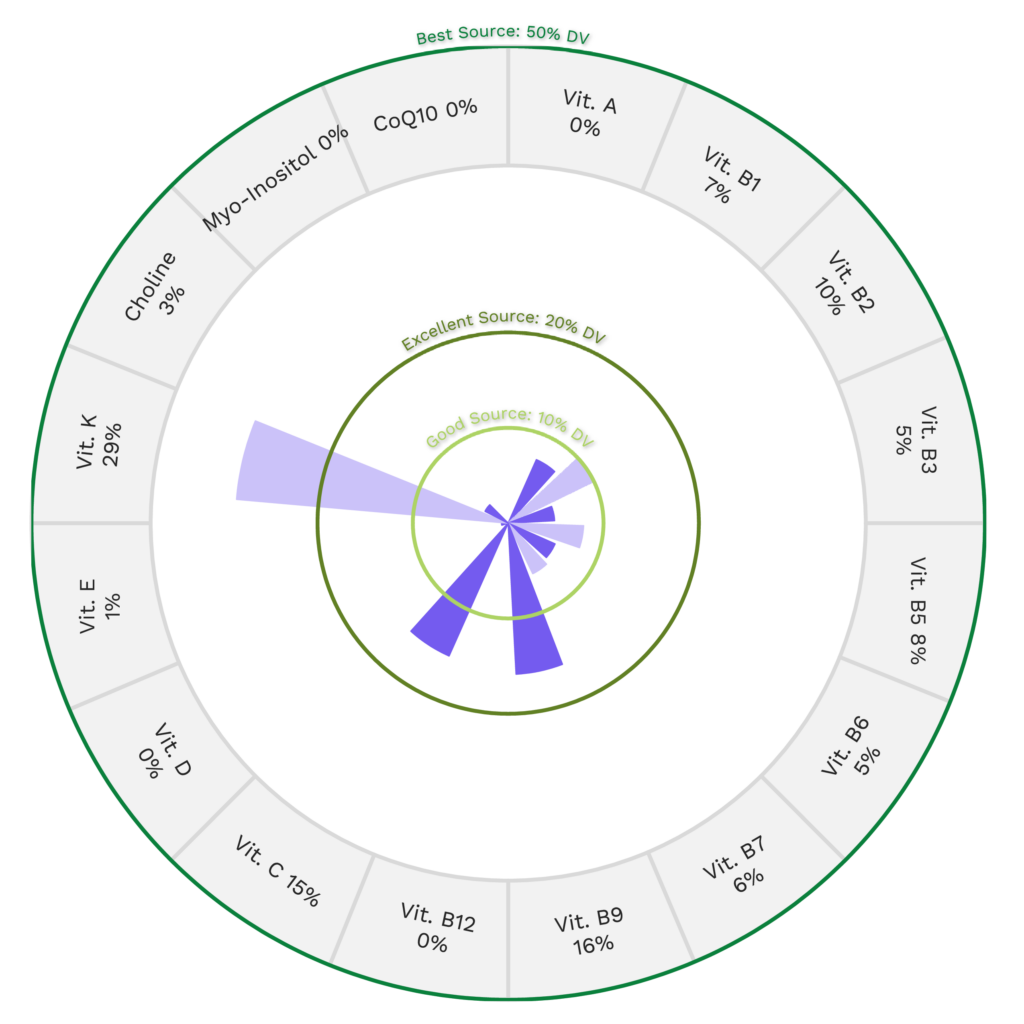
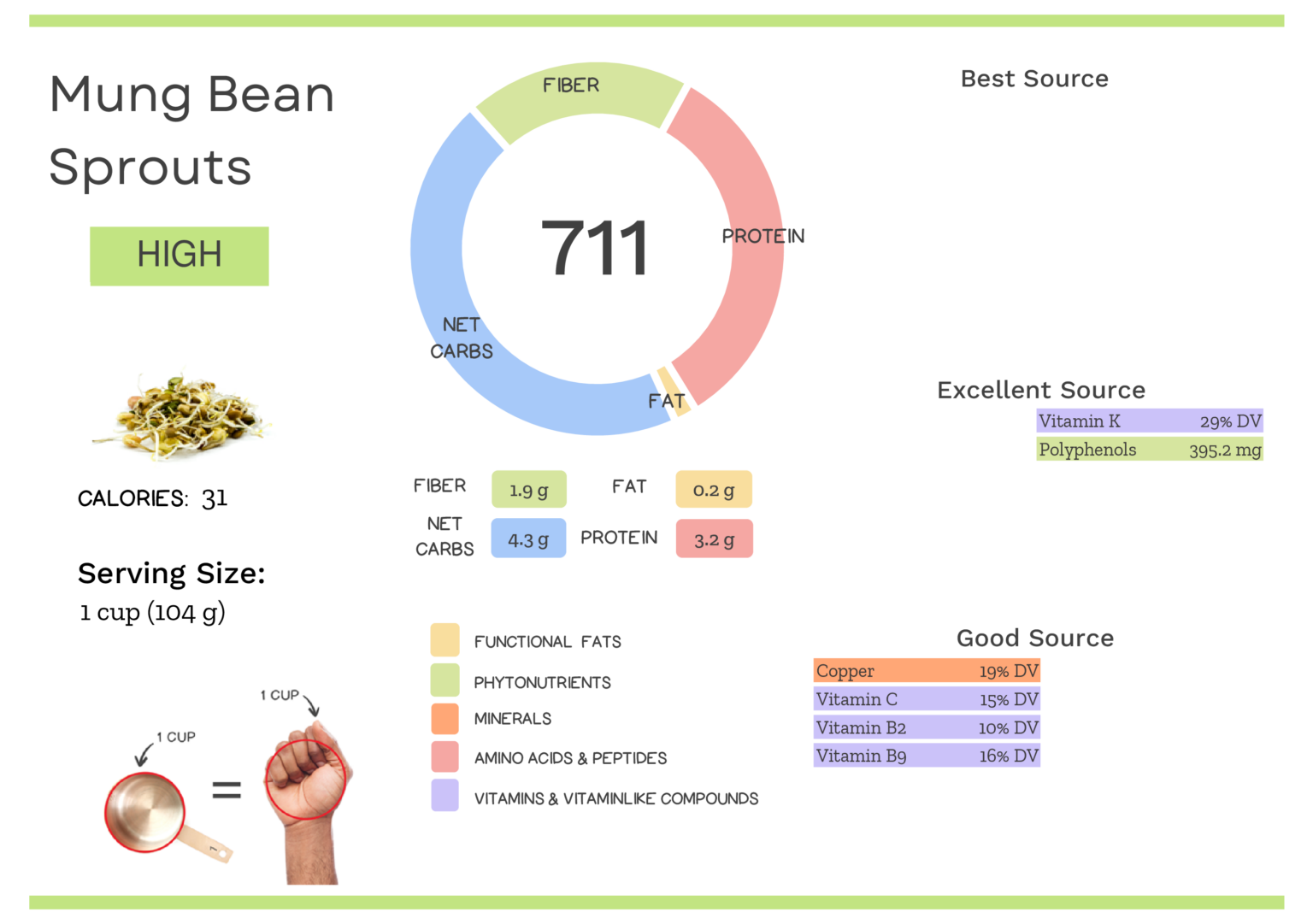
Mung Bean Sprout Nutrition Varies With Cooking and Processing
The Nutrivore Score of mung beans varies depending on processing – sprouted or mature seed form, and on the the method of preparation – cooked or canned.
| NUTRIVORE SCORE | |
|---|---|
| Mung bean, mature seeds, sprouted, canned, drained solids | 757 |
| Mung bean, mature seeds, sprouted, cooked, boiled, drained, with salt | 769 |
| Mung bean, mature seeds, sprouted, cooked, boiled, drained, without salt | 713 |
| Mung bean, mature seeds, sprouted, cooked, stir-fried | 655 |
| Mung bean, mature seeds, sprouted, raw | 711 |
| Mung bean, mature seeds, raw | 249 |
Have you “sprouted” an interest in mung bean sprouts? Maybe your friends will too!
Health Benefits of Mung Bean Sprout Nutrients
Let’s take a closer look at all of the best and excellent source of nutrients found in a 1-cup serving of mung bean sprouts and see how they benefit our health.
Mung Bean Sprouts Provide 395.2 mg of Polyphenols
Mung bean sprouts are an excellent source of polyphenols, providing 395.2 mg of polyphenols per 1-cup serving!
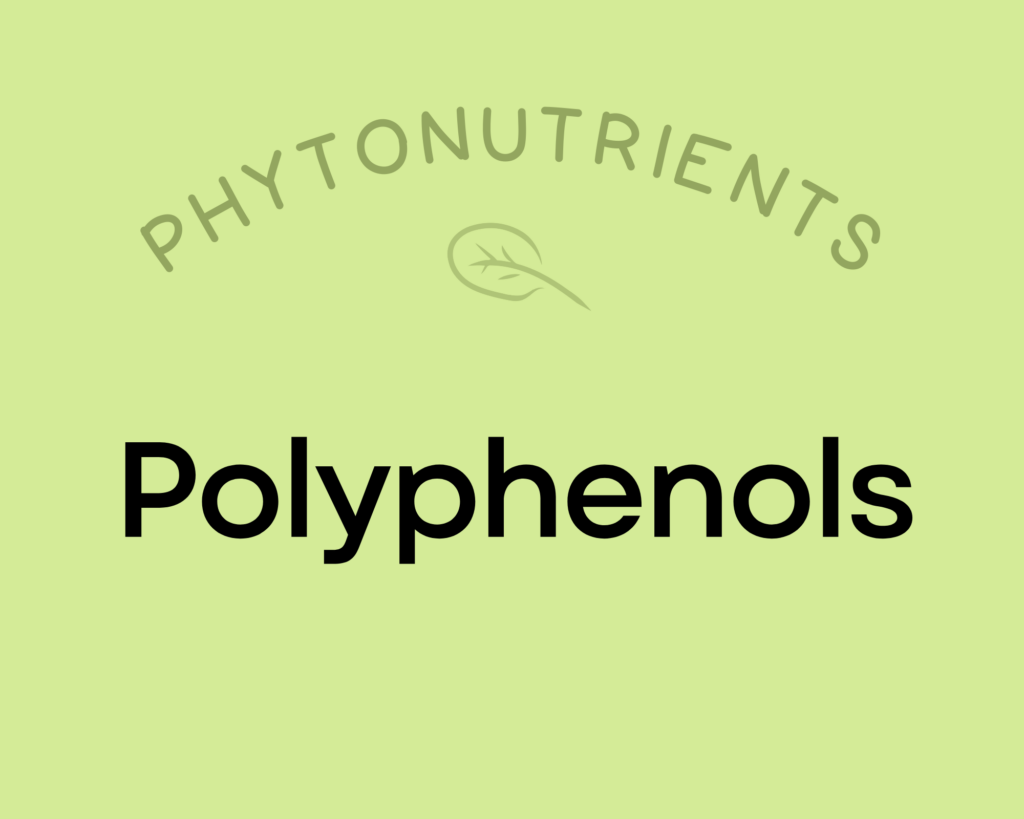
Polyphenols play a huge role in protecting against cancer, heart disease, diabetes, asthma, osteoporosis, neurodegenerative diseases, and other conditions associated with oxidative stress. In fact, a major reason foods like red wine and olive oil (as well as diets rich in both, such as the Mediterranean diet) show up as so beneficial may be due to their high polyphenol content! Along with chronic diseases, supplementing with polyphenols has been shown to protect against infections and reduce the signs of aging. Polyphenols exert their most potent effects by acting as antioxidants—preventing cellular damage by neutralizing hazardous oxygen radicals and improving cellular health as a result (which, in turn, benefits virtually every system in the body). As a result of their antioxidant properties, polyphenols also boost the immune system and protect against both chronic and acute diseases. In addition, polyphenols can help regulate enzyme function, stimulate cell receptors, modulate the functions of inflammatory cells (including T and B lymphocytes, macrophages, platelets, and natural killer cells), alter adhesion molecule expression, affect nerve cells and cardiac muscle cells, and exert antiviral effects. Learn more about polyphenols here.
Mung Bean Sprouts Provide 29% DV Vitamin K
Mung bean sprouts are also an excellent source of vitamin K, providing 29% of the daily value per 1-cup serving!
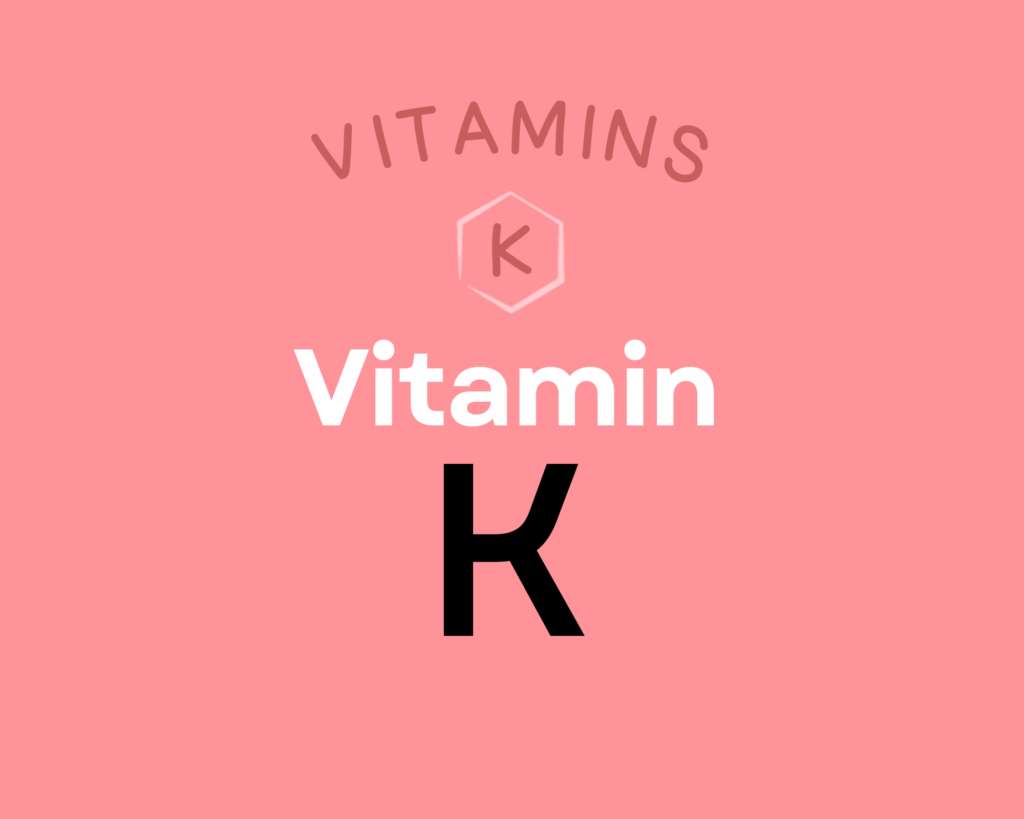
Vitamin K is actually a group of fat-soluble vitamins with a similar molecular structure, existing as K1, multiple isoforms of K2, and the synthetic form K3. This nutrient plays a vital role in coagulation, due to serving as a cofactor for proteins needed for blood clotting; it’s also essential for bone metabolism, cellular function, and the prevention of soft tissue calcification. Getting enough vitamin K2 can help protect against cardiovascular disease, may improve bone mineral density and skeletal health, and may even support endocrine function and brain health; there’s also some limited evidence it has anti-cancer and anti-inflammatory properties. Learn more about vitamin K here.
Learn What Foods Are the Best Sources of Every Nutrient

The Top 25 Foods for Every Nutrient
The Top 25 Foods for Every Nutrient e-book is a well-organized, easy-to-use, grocery store-friendly guide to help you choose foods that fit your needs of 43 important nutrients while creating a balanced nutrient-dense diet.
Get two “Top 25” food lists for each nutrient, plus you’ll find RDA charts for everyone, informative visuals, fun facts, serving sizes and the 58 foods that are Nutrient Super Stars!
Buy now for instant digital access.
How Much Mung Bean Sprouts Should We Eat Per Day?
Not only are sprouts delicious, easy to grow, inexpensive, and versatile – they are jam-packed with nutrition too!
Every serving of fresh, whole vegetables or fruit we eat daily reduces the risk of all-cause mortality by 5% to 8%, with the greatest risk reduction seen when we consume five or more servings per day. In fact, consuming 800 grams of vegetables and fruits daily reduces all-cause mortality by 31% compared to eating less than 40 grams daily. A 2017 meta-analysis showed that 2.24 million deaths from cardiovascular disease, 660,000 deaths from cancer, and 7.8 million deaths from all causes could be avoided globally each year if everyone consumed 800 grams of veggies and fruits every day.
Eating vegetables and fruit in abundance lowers risk of cancer, cardiovascular disease, type 2 diabetes, obesity, chronic kidney disease, osteoporosis and bone fragility fractures (including hip fracture), cognitive impairment and dementia (including Alzheimer’s disease), neurodegenerative diseases, asthma, allergies, chronic obstructive pulmonary disease, age-related macular degeneration, cataracts, glaucoma, depression, ulcerative colitis and Crohn’s disease, rheumatoid arthritis, inflammatory polyarthritis, non-alcoholic fatty liver disease, acne, seborrheic dermatitis, and lowers markers of inflammation. Learn more in Importance of Vegetables and Fruit.
Covering half of your plate with a variety of vegetables (and three quarters of your plate if your starchy food is a root vegetable or winter squash) at each meal is a simple way to easily achieve the goal of 5 or more servings of vegetables daily.
It’s always best to mix up the veggies you eat day to day (aiming for a wide variety of different vegetables and fruits throughout the week), and mung bean sprouts definitely have a place at the table.
Easily track your servings of Nutrivore Foundational Foods!

The Nutrivore Weekly Serving Matrix
The Nutrivore Weekly Serving Matrix digital resource is an easy-to-use and flexible weekly checklist designed to help you maximize nutrient-density and meet serving suggestions of Nutrivore foundational foods, all without having to weigh or measure your foods!
Includes a 22-page instructional guide and downloadable interactive guides.
Buy now for instant digital access.
Citations
Expand to see all scientific references for this article.
Fineli Finnish Food Composition Database: Beansprouts and Alfalfa Sprouts, Average
Tajoddin M, Manohar S, Lalitha J. Effect of Soaking and Germination on Polyphenol Content and Polyphenol Oxidase Activity of Mung Bean (Phaseolus Aureus L.) Cultivars Differing in Seed Color. International Journal of Food Properties. 2014. Vol 17(4):782-790. doi: 10.1080/10942912.2012.654702
USDA Food Central Database: Mung beans, mature seeds, sprouted, raw
Watanabe T, Kioka M, Fukushima A, Morimoto M, Sawamura H. Biotin content table of select foods and biotin intake in Japanese. Int J Anal Bio-Sci. 2014. Vol 2(4):109-125.


